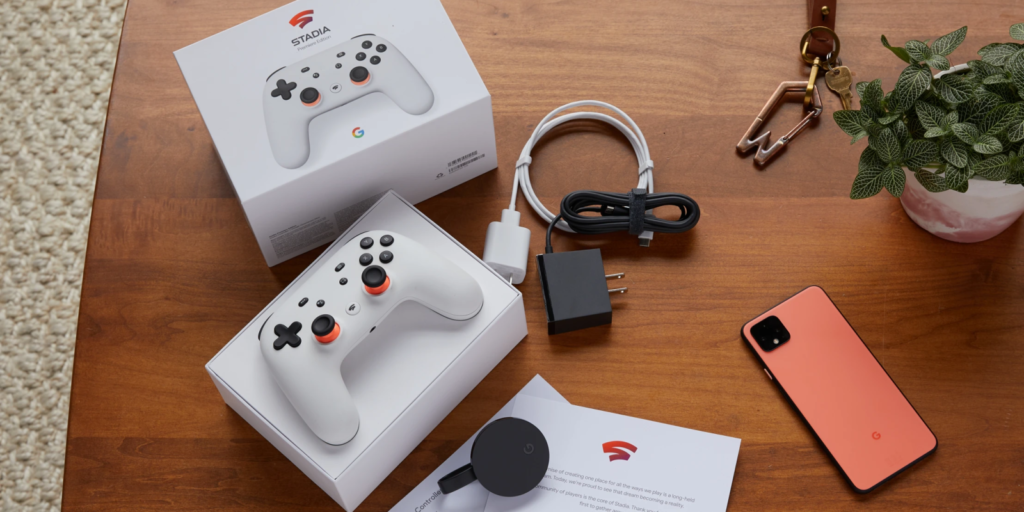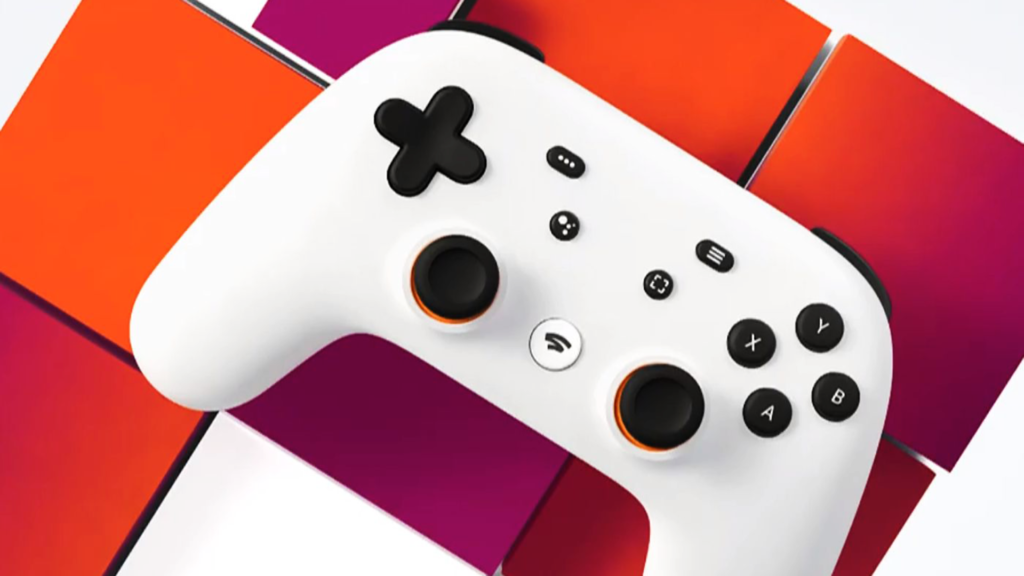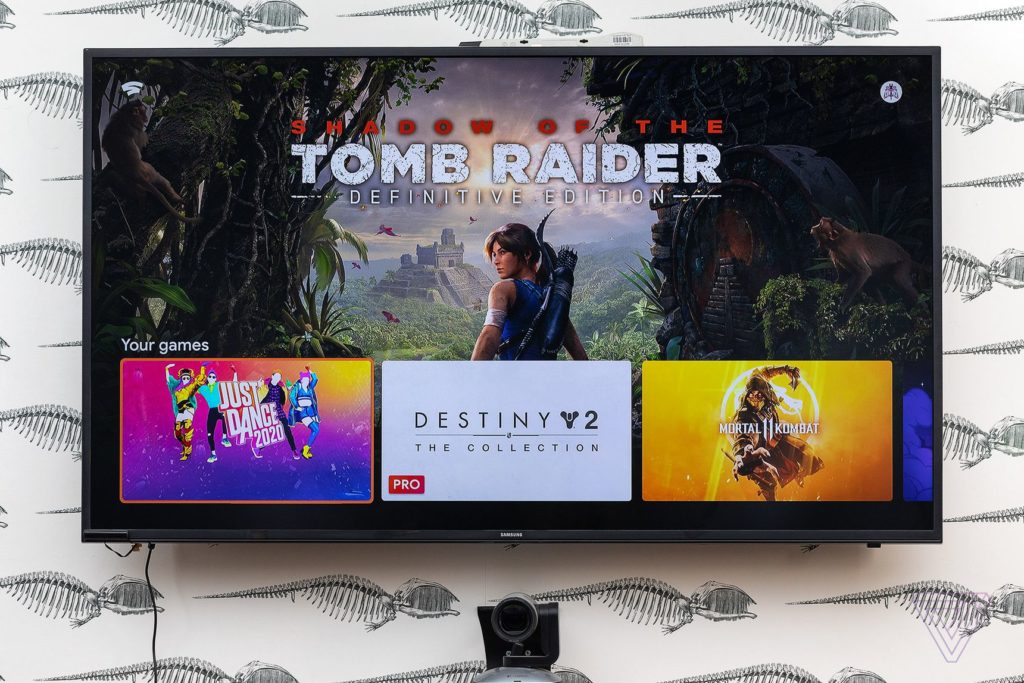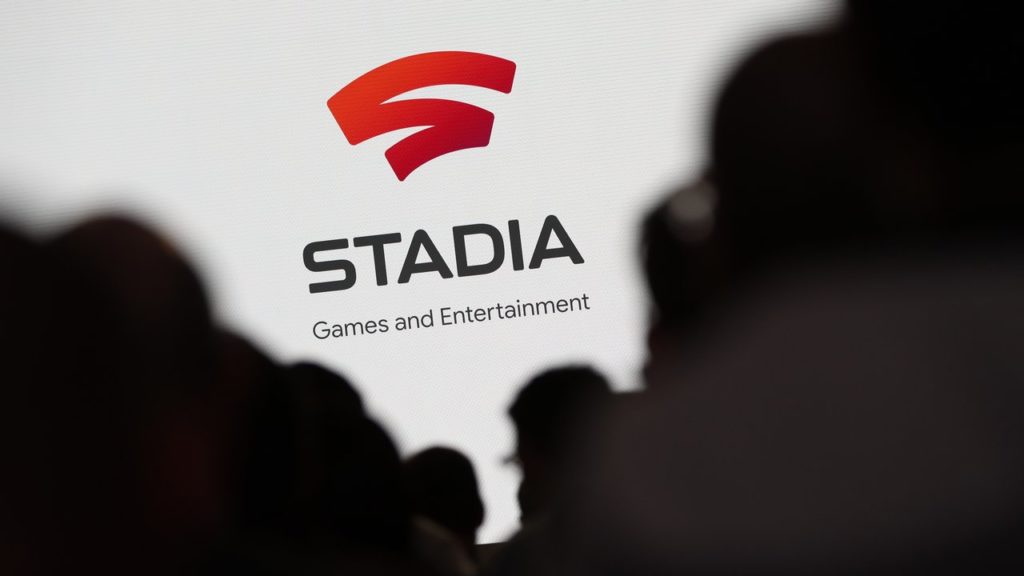Yesterday, November 19, Google launched the Stadia cloud platform. The reaction to it was not too enthusiastic. We have collected reviews of publications.

- Google Stadia launched in the USA and some European countries (not in Russia);
- at the start, it offers 22 games. A few days before the release, the list of games was shorter;
- to access the service, the player needs bundles of Founder’s Edition or Premiere Edition worth $129. Inside there is a specially updated Chromecast Ultra (others are not supported) and an exclusive gamepad.
WIRED
To begin with, Wired listed the pros and cons of Google Stadia:
Positive
- user-friendly, intuitive controller with a good margin of battery life;
- nothing superfluous in the interface;
- immediate downloading of games (with a normal internet connection);
- huge potential.
Minuses
- does not allow you to immediately “play anywhere”, as promised;
- problems already at startup, including problematic synchronization of the controller;
- lack of many functions.
The publication criticizes Google for unfulfilled promises: Stadia does not allow you to play “anywhere and on any screen.” The problem is the Internet connection. For a stable game, a stable connection with the servers is necessary. It is very difficult to provide such a connection outside the home. This calls into question the streaming game on smartphones. “Step away from a good Internet — and Stadia will start to stumble here and there,” writes Wired.

But when used at home, it demonstrates its full potential. According to the journalist, connecting to a high-speed Wi-Fi or Ethernet cable allows Stadia to start up in a matter of seconds and work stably.
Nevertheless, Google has not managed to get far away from console gaming. Even in the absence of a console, Stadia binds the player to the house. The publication considers this one of the worst shortcomings of the platform.
But there is something to praise her for. Firstly, Stadia really syncs with any controller. There is a caveat here: the platform’s exclusive gamepad does not support wireless connectivity without Chromecast Ultra. And it also has to be connected with a cable to a PC and smartphones.
Secondly, the publication was delighted with the UI interface of the site. The game library looks organized, and you can access titles almost instantly.
In general, Wired notes the potential of the novelty and distinguishes it among competitive platforms. “The only problem,” the author writes, “is that Stadia is still not ready to leave your house.”

THE VERGE
The Verge also starts by listing the pros and cons:
Positive
- she works;
- the picture is clearer than that of previously released competitors;
- cross-platform switching between PC and phone is pretty smooth.
Minuses
- 4K games don’t look right;
- there are delays in the browser version for Google Chrome;
- many of the stated functions are not at launch;
- does not support LTE communication.
So, the site is working. Its main function is the ability to play AAA titles in the cloud — on the spot. Nevertheless, The Verge journalist is sure that Google has thrown a raw product on the market.
Firstly, the tested titles (Shadow of the Tomb Raider, Destiny 2) look worse than when playing on powerful PCs and consoles. The journalist failed to achieve 4K resolution. This is if he has high-speed Internet and proximity to a large Google data center.
Secondly, many of the platform features promised by Google in March simply do not exist. Now Stadia reminds the publication of the beta version, which Google, however, gives away at the cost of the finished product.
I have the same general feeling from Stadia as from budget headphones: I would be happy to use them if I weren't so spoiled.

The new Google service aims to consistently maintain a clear picture — and this is its plus. At the same time, the frame rate suffers. The journalist compared Stadia with GeForce Now. At first, the game remains beautiful with overloaded Wi-Fi, but “slows down to death.” On the second, the same title looks like porridge, but FPS at least allows you to play. “It seems that Stadia does not know how to work in an unstable network,” the author summarizes.
There are also problems with the exclusive controller. It looks and feels beautiful and comfortable, but its functionality is curtailed. There is no support for Google Assistant, which The Verge praised in March, and screen capture. In addition, the gamepad does not sync with Stadia on PCs and phones via Wi-Fi.
The Verge believes that becoming a Stadia subscriber now is pointless. And he recommends waiting for next year, when Google will launch the remaining functions and sort out the FPS drawdown.
EUROGAMER
Eurogamer treated Stadia milder than the two previous editions. But even to him the platform seems incomplete. However, it is more important for the publication that Stadia already offers excellent quality and performance. Especially in comparison with other cloud platforms.
“A high—quality image is important, but in fact the gaming experience depends on the delay,” the journalist writes. After testing several games (Shadow of the Tomb Raider, Red Dead Redemption 2, Destiny 2, etc.), the publication did not find any “unplayable” or “too slow”.

But the image quality is also among the advantages here. Stadia can issue 4K resolution (albeit only at home). However, the level of detail is slightly reduced. But Eurogamer still calls the image “impressive.”
As a technological solution, Stadia impresses with the best image quality and the lowest latency of all that I have seen on streaming services. Although more work needs to be done on stability.
The journalist adds another important plus: the scanty loading time of games.
Among the disadvantages are the already standard absence of Google Assistant and family access, the inability to purchase games in Stadia outside the mobile application. The publication did not find these functions in the spring, testing the platform among the first.
In addition, unlike Wired, Eurogamer rates the UI interface low: it seemed too simple.
THE GUARDIAN
The Guardian considers Google Stadia a revolutionary platform. The journalist tested a number of games using a home TV monitor, and found no problems with either the visual component or the delay. He notes that his internet connection does not limit bandwidth. This helps to achieve ultra-high image quality.
The author of the material criticized the almost complete absence of exclusive titles on the platform. The only such game — Gylt — he called “charming, but boring.” The rest are mostly AAA gamers already familiar with, which many could play without Stadia. “Google has to admit that the starting line of games is quite meager,” the publication notes.

Thus, even its revolutionary nature does not save the product — in practice, Stadia demonstrates little. The platform has fulfilled its main task — video game streaming. But “having achieved the impossible, she failed in more trivial things.” This includes, among other things, problems with device support. For example, of all Google smartphones, Stadia syncs only with Pixel.
According to The Guardian, Google’s approach to its project is confusing. The company hurried with the launch and did not provide early users (i.e. the most interested fans) with unique content and promised functionality. In addition, Stadia is not as profitable as it might seem. The cost of subscriptions and games from the library adds up to the same price tag as for a regular console. Therefore, the game in the home version of Stadia is not much different from the game on PS4 or Xbox One. Only the latter have a much wider library.
THE WASHINGTON POST
The author of The Washington Post complains about a serious delay in Stadia — both on the LCD TV and in the browser. “Google sells us services, although they may be unreliable,” the journalist says.
The delay can seriously interfere with the game of single-player and multiplayer titles. The latter become blurry, less responsive, or even completely “unplayable” — it doesn’t matter whether it’s Tomb Raider or indie Gylt. Stadia is not ideal for competitive games either.
Surprisingly, the reviewer had almost no problems on the Google Pixel smartphone. Destiny 2 was running at 60 FPS without blurring and delays (when connected to home Wi-Fi).
Another disappointment for the author was that Stadia does not support graphical customization of games. Users cannot change the resolution, reduce textures and visual effects, in short, somehow affect FPS. “The players are completely at the mercy of developers and Google servers,” the author notes.
But, like the Eurogamer journalist, he called the great advantage of Stadia instant access to the game. No need to download updates and patches for a long time and wait for the title to load. The platform allows you to enter the game in less than a minute.

In general, Stadia reminded the reviewer not of a gaming platform, but a service akin to YouTube. Moreover, “not very good”, with insufficient content. His best product right now is Red Dead Redemption 2. It’s over a year old, it’s still on sale at the standard price of $60. As the publication notes: “It’s hard to imagine a player who wants to play Red Dead Redemption 2 and didn’t find the funds for it a year ago… and who will spend $129 today to play it on Google Stadia.”
The Post also recalled the “Google digital graveyard”, where the giant threw out almost 200 applications and ideas that were running or under development. Given that Stadia cannot guarantee stable operation yet, the concerns are clear.
Also on the topic:
